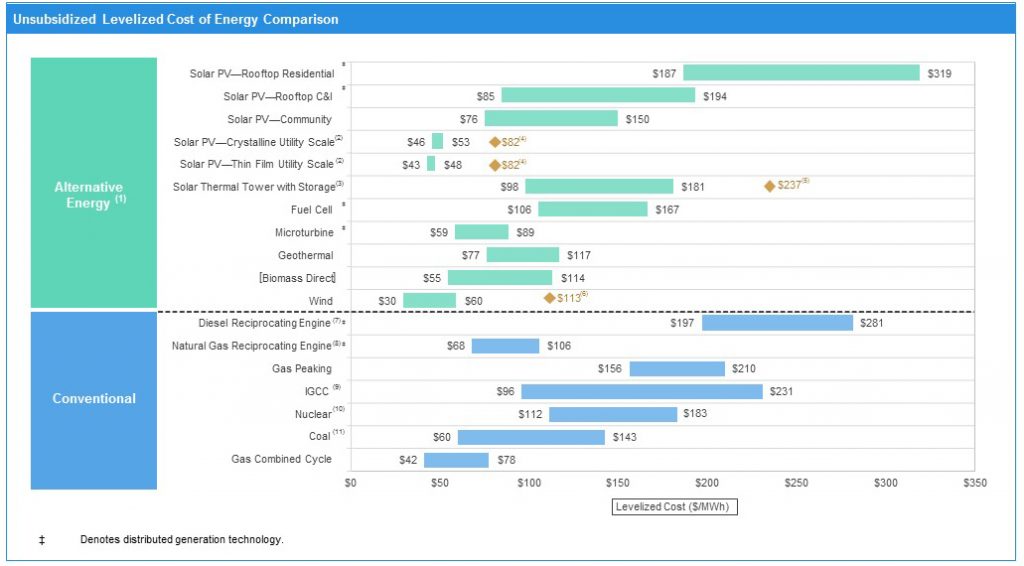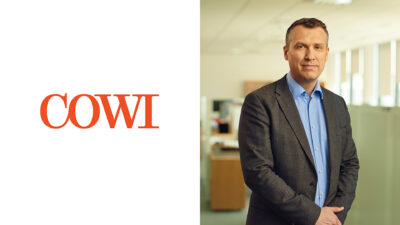Renewables becoming cost competitive – with only geothermal providing baseload
In its annual report on levelised cost of electricity for different power technologies, financial firm Lazard, highlights the increasing cost-competitiveness of renewables and highlighting the importance of baseload - which only geothermal provides as part of the renewable energy technologies.
In its annual Levelized Cost of Energy Analysis (LCOE 11.0) Lazard, a financial advisory and asset management firm provides a great analysis of power generation and storage costs. The report solidifies the conventional wisdom that these clean resources are declining in cost, but it also highlights the wide variability depending on use case. It shows a continued decline in the cost of generating electricity from alternative energy technologies, especially utility-scale solar and wind.
The report on energy storage concludes the technology is sparking much discussion right now but “it is not currently cost competitive in most applications.” There are some applications where energy storage pencils out, relating primarily to strengthening the grid, reducing bills and participating in demand response.
What is interesting is that the report states, that falling costs for renewable energy technologies are changing the scene, but clearly not mean that an end for base-load generation, mostly connected to fossil fuels is near just yet.
With geothermal energy providing base-load capacity to grids, it continues to play an important role in the overall energy mix, which is particularly shown in regions, such as California, Central America, Kenya and elsewhere. There geothermal energy at times often provides the stability in energy supply that other renewable energy technologies cannot provide.
Here a few key highlights:
- Lazard has analyzed of the financials of energy from various generation sources, and storage for different applications, finding clean energy resources are broadly declining in cost.
- But while renewables are “increasingly cost-competitive” and storage technology “holds great promise,” the firm said alternative energy systems alone “will not be capable of meeting the baseload generation needs of a developed economy for the foreseeable future.”
- Factors contributing to the declining costs include lower financing costs, declining capital expenditures per project, and increased Industry competition. The levelized cost of energy for utility-scale solar and onshore wind declined approximately 6% from last year, according to the reports. Lithium-ion capital costs are expected to decline as much as 36% over the next five years.
Source: Utility Drive, Lazard


















